
by Krista | Aug 4, 2018 | Autumn
My favourite part of my holiday in Tasmania was being outside, nearly all day, every day. The Autumn weather was spectacular with unabashed sunlight, crisp, cool mornings and deliciously warm afternoons. Evenings were for bundling in sweaters and blankets, but during the day it was sandals and sundresses, with only a pashmina handy to wrap around my shoulders when the wind picked up.
I spent as much time outdoors as I could, basking in the stunning natural beauty to be found at nearly every turn.
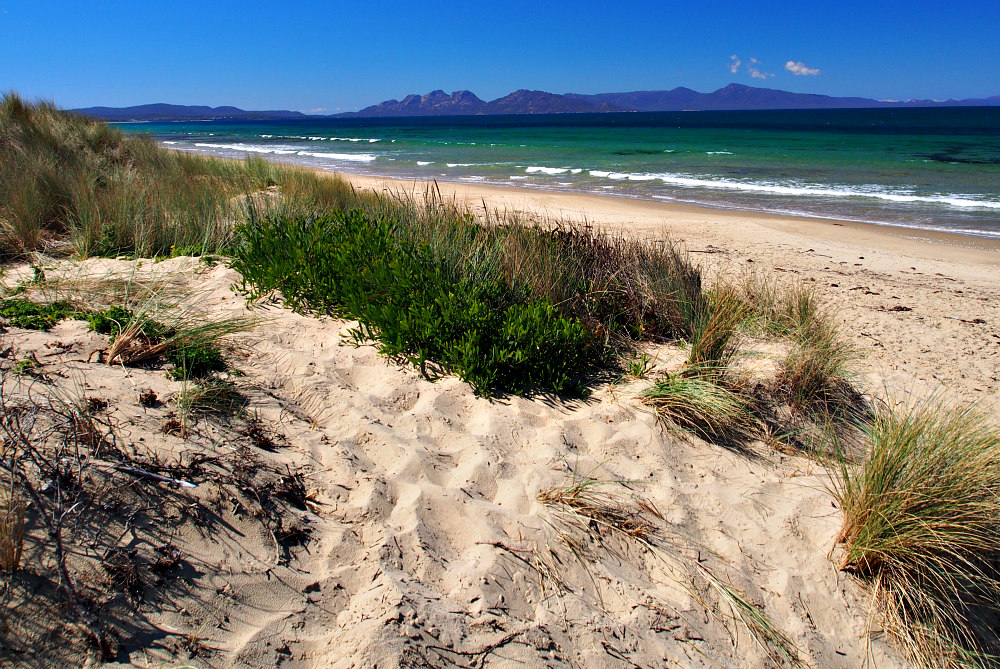
My favourite place was the beach. It’s always the beach. From rocky and wild with sheer cliffs to vast stretches of soft white sand, the beaches in Tasmania are exquisite.
This one was just down the coast from Swansea and looked out across the bay to the soaring peaks of Freycinet National Park.
Apart from a lone walker south of us, we had the entire beach to ourselves.

We each ambled away at our leisure, Shirley heading one way, me another, grateful that we’re both just as happy on our own as in each other’s company.
I stood in the water a while, letting the cold, clear waves lap at my legs, wetting the hem of my sundress. The sand felt so good underfoot. Each step like a massage, easing away the stress and pressure of everyday life.
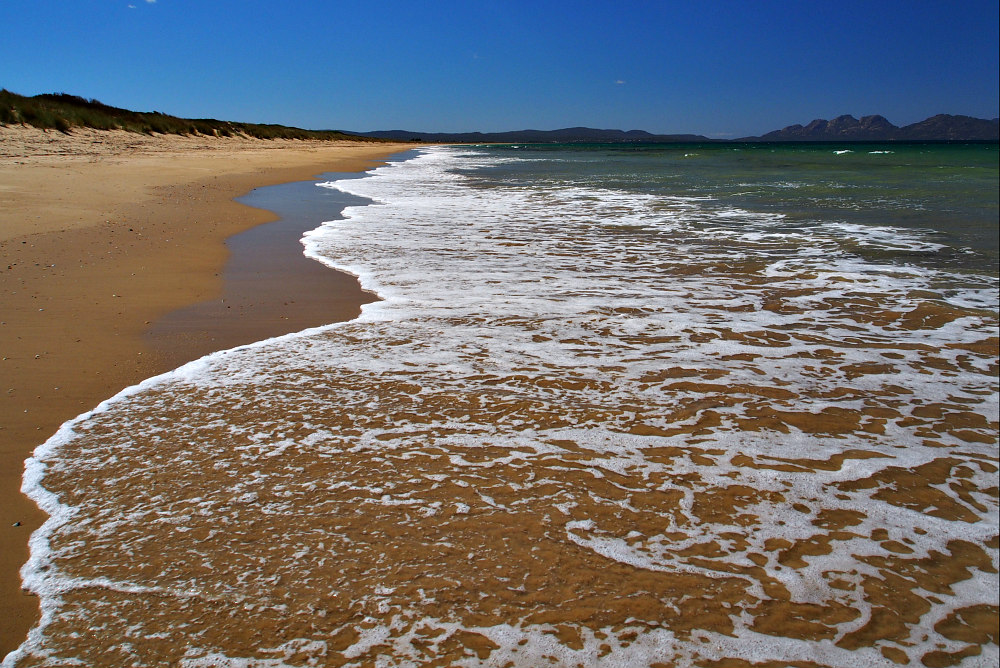
This beach held a treasure trove of shells, polished stones, and sea glass, and I loved sorting through the cracked and broken pieces, finding a few to take home with me.
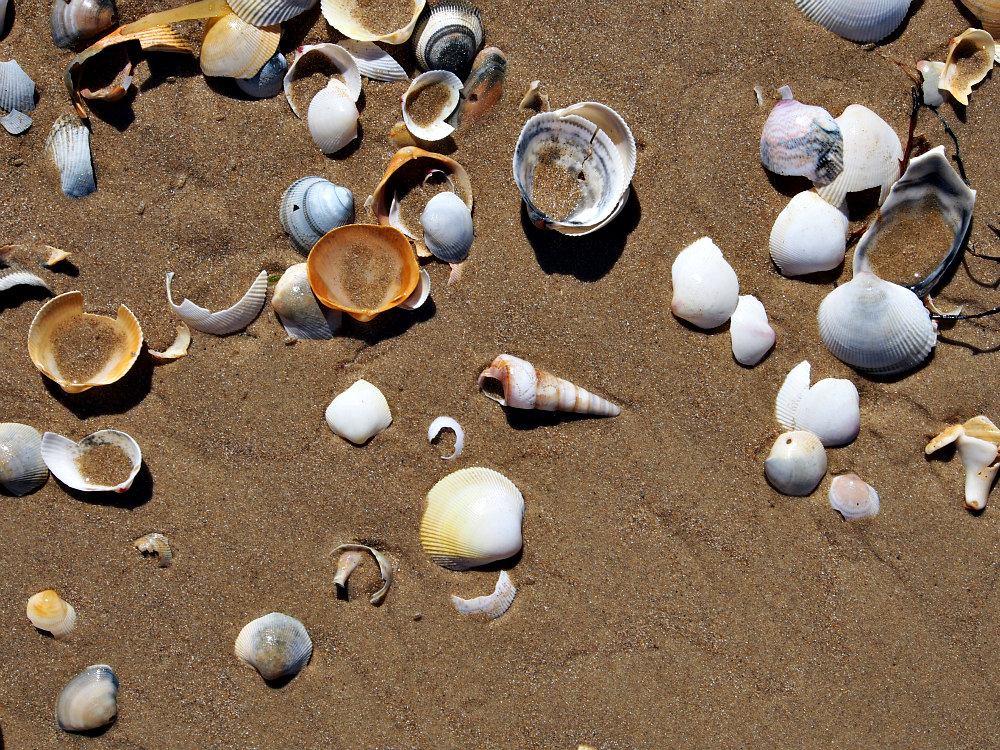
I walked and walked, letting the wind toss my hair about, filling my lungs with salt-tinged air, feeling the sun burnishing my skin with what would surely be the last bit of colour before the onslaught of winter.
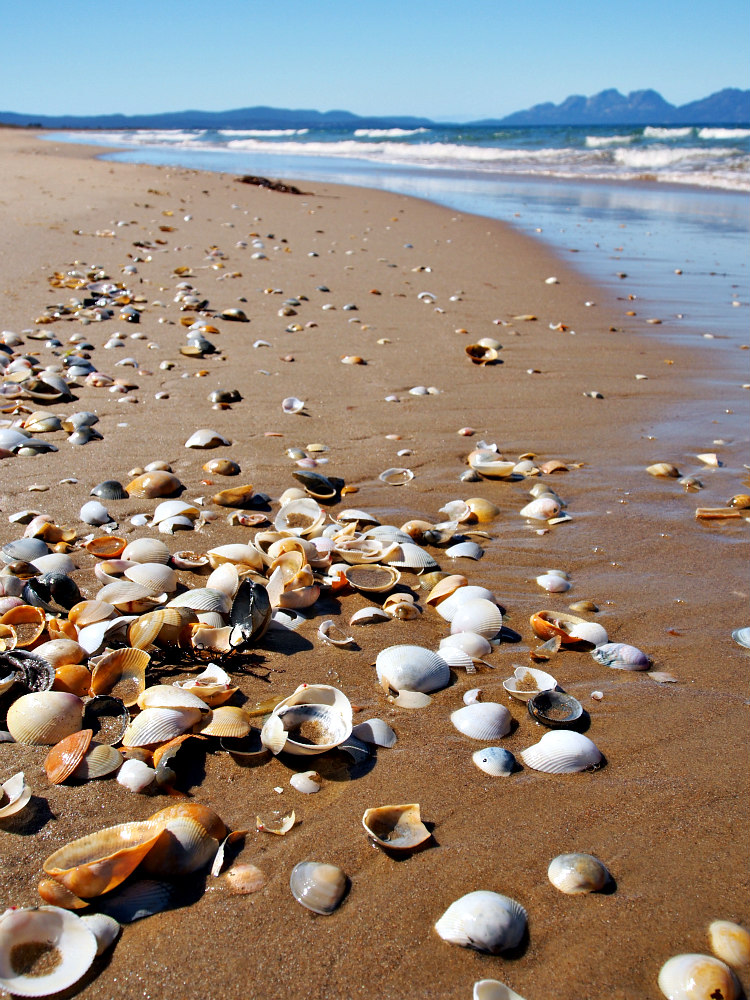
I clambered up into the dunes and sat among the sea grass, running my hands over it’s spiny edges, watching it dance in the wind off the water.
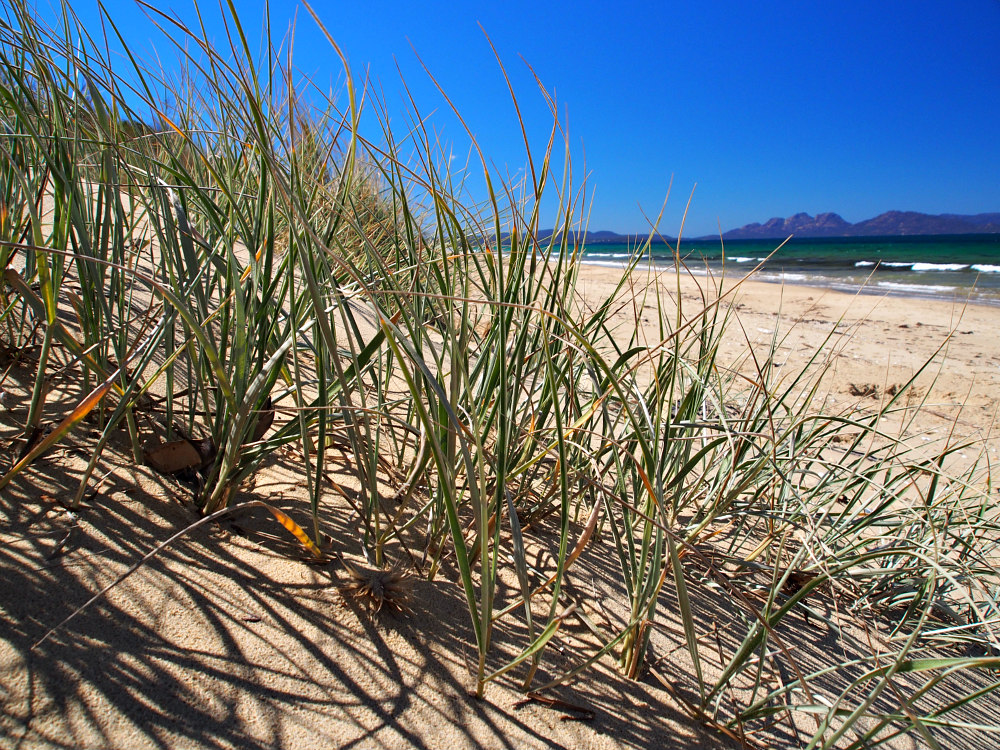
I’d seen this piece of driftwood from afar when we first arrived, but when I approached from a different angle I was astounded to see it transform from an old bit of wood into a gnarled stag or seahorse. Wonderful.
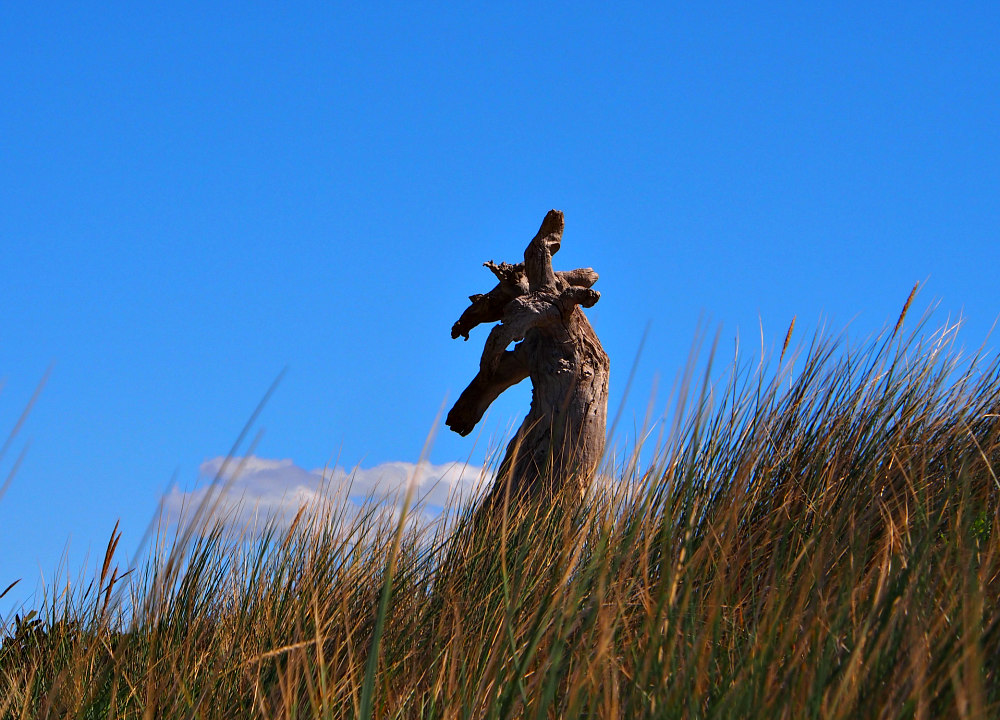
Of all the lovely things I’d experienced thus far in Tasmania, spending an afternoon on this beach was the most precious. My spirits revived here. My body awoke as if from a deep sleep. And I felt connected to the world again, ready to explore this beautiful island with renewed courage and excitement.
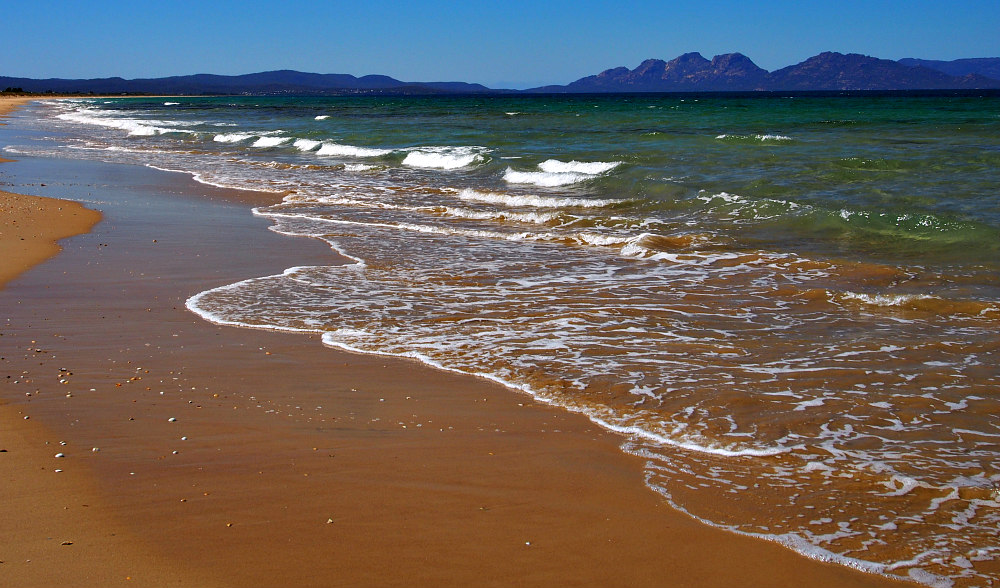
Soon our growling tummies reminded us that we’d better get back on the road and find some lunch. There were still gardens to explore, a berry farm to visit, and so many more beaches to stop and swoon over before we arrived at our new home near Hobart.
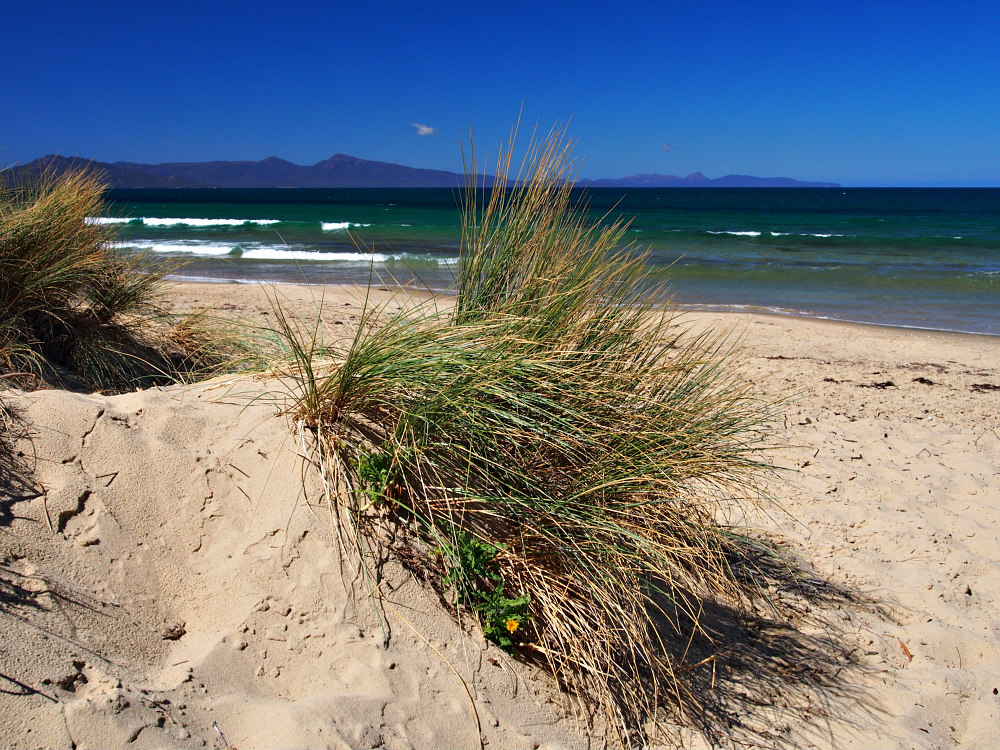
So up the dunes we went, turning often to sigh happily over all the gorgeousness, until the ocean disappeared and we were back on the road.
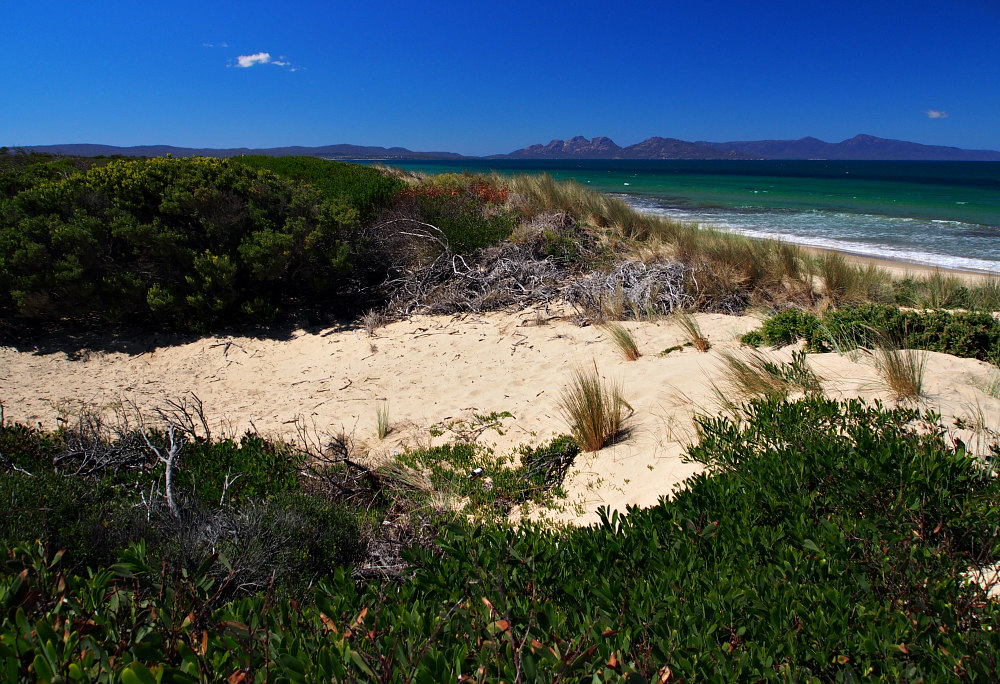
I’m so thankful for video and pictures that let me revisit this place whenever I need it.
Do you have a favourite beach you like to visit? xo

by Krista | Aug 2, 2018 | Autumn
One of my favourite things about travelling is discovering good food. Whether it’s finding a new variety of apples at a roadside stand or learning a new way to cook asparagus, I consider any trip a huge success if I return home more inspired than I left.
I found a lot of inspiration exploring Tasmania. If ever there was a haven for food-lovers, Tasmania fits the bill. From the tiniest middle-of-nowhere town with succulent scallop pies made with buttery handmade pie crust, to a posh restaurant in an old church that made exquisite pasta with a sauce that stunned in its simplicity, Tasmania dazzled and delighted me.
On our last morning in Launceston, we decided to get up early and go out for breakfast at Bryher, a cafe renowned for “trying very hard to only use Tasmanian products.”
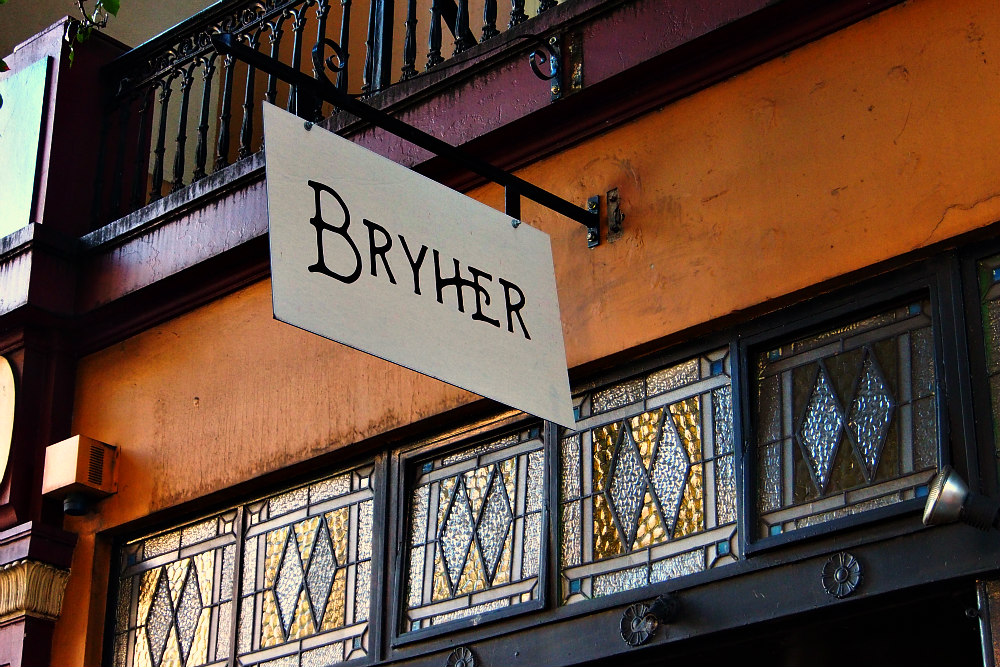
Even though it was Autumn, and downright nippy, we opted to eat outside so we could watch people and wrap up in the brilliantly coloured wool blankets provided.
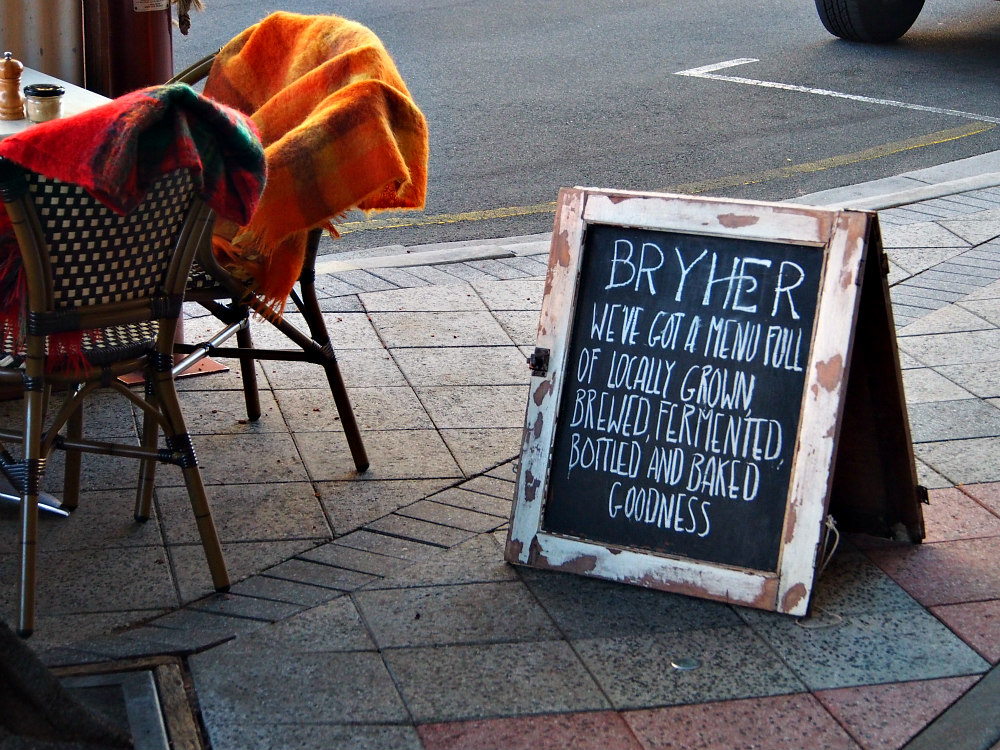
I loved everything about Bryher. Its warm, cozy interior with creaky wood floors and big windows, the seasonality of its produce that draws from backyard gardeners and local farmers alike, and its dazzling assortment of handmade items from pickles, cordials, and teas to yoghurt, pastries, and chutneys.
We warmed our numb fingers around steaming cups of coffee while we perused the menu that alters with the seasons.

I opted for the Croque Monsieur with smoked ham, Raclette cheese sauce, and mustard. It was, hands down, the best toasted sandwich of my life thus far. Served on freshly baked sourdough with a dollop of handmade chutney, it was comfort on a plate. Just the thing to warm my bones and fortify me for adventures ahead.
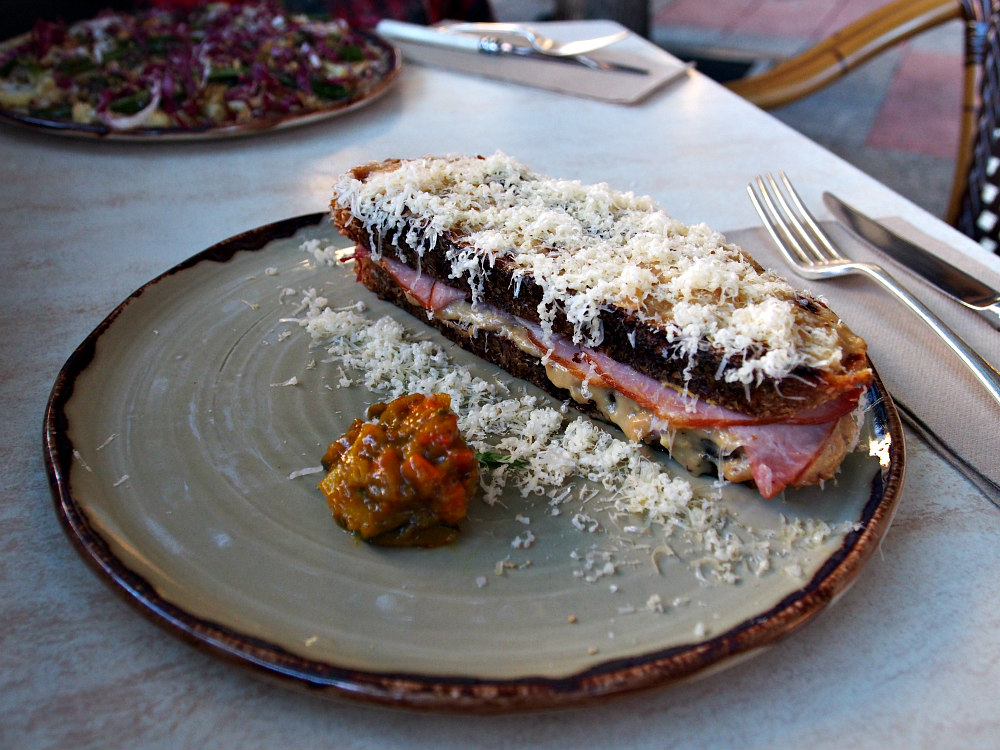
Shirley’s dish was equally marvelous, with roasted cauliflower, leek thinnings, prunes, pangrattato, radicchio, and a luscious chicken butter sauce.
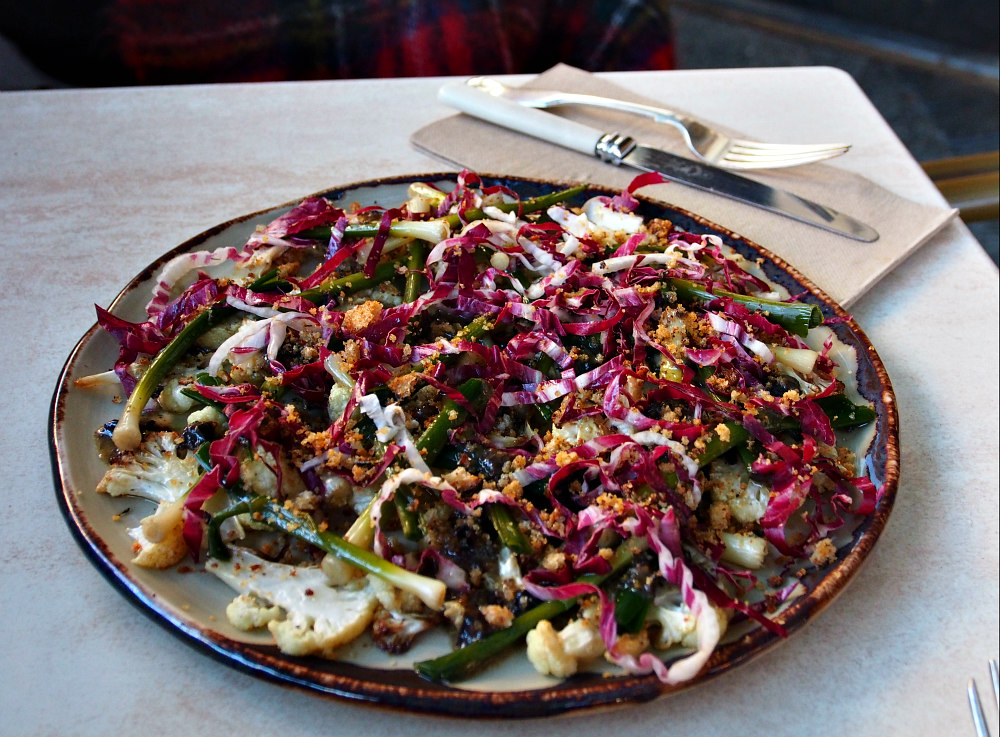
I love how the simplest of foods can be transformed into something glorious with a special sauce, a buttery crumble, and the freshest of ingredients.
We bid farewell to Launceston with great bonhomie, and promised each other that we would return one day, if only to eat our way through the city.
We drove southeast through rolling hills and over thickly-forested mountains, making a beeline for the coast.
We had no clue where to go, so we just pulled off the highway and took one side road after another, as long as it was going east, and finally found a little drive that dead ended at these sand dunes.

We clambered out, stretched our cramped limbs, kicked off our shoes, and headed up into the dunes.
The trail wended through sea grasses and bushes, leading us closer and closer to the beach.
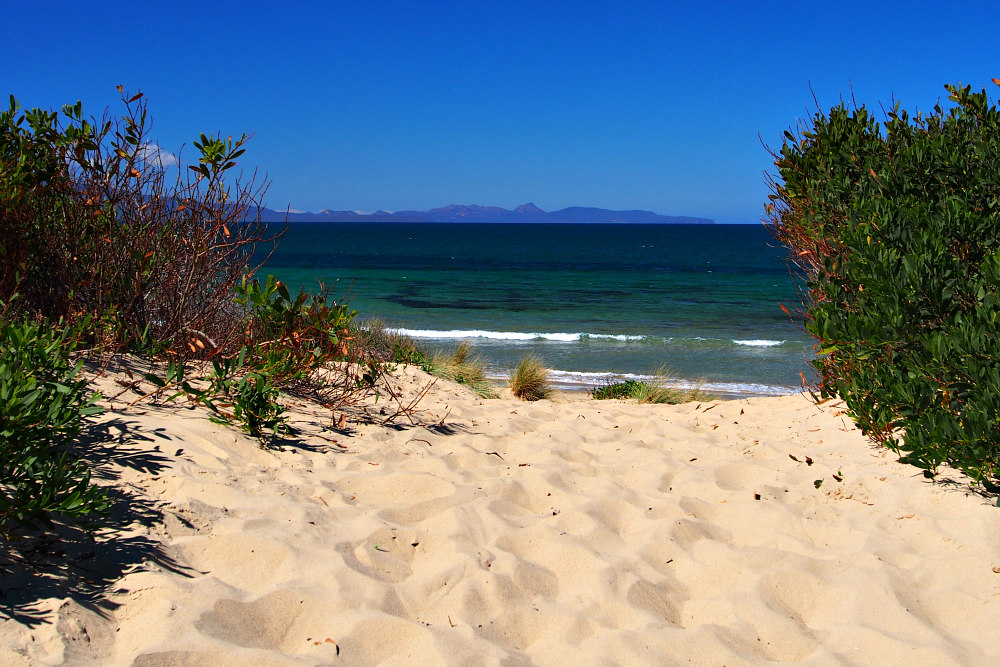
As I crested the dunes and caught my first glimpse of the ocean, my breath caught in my throat and it was all I could do not to cry at the wonder of it all.
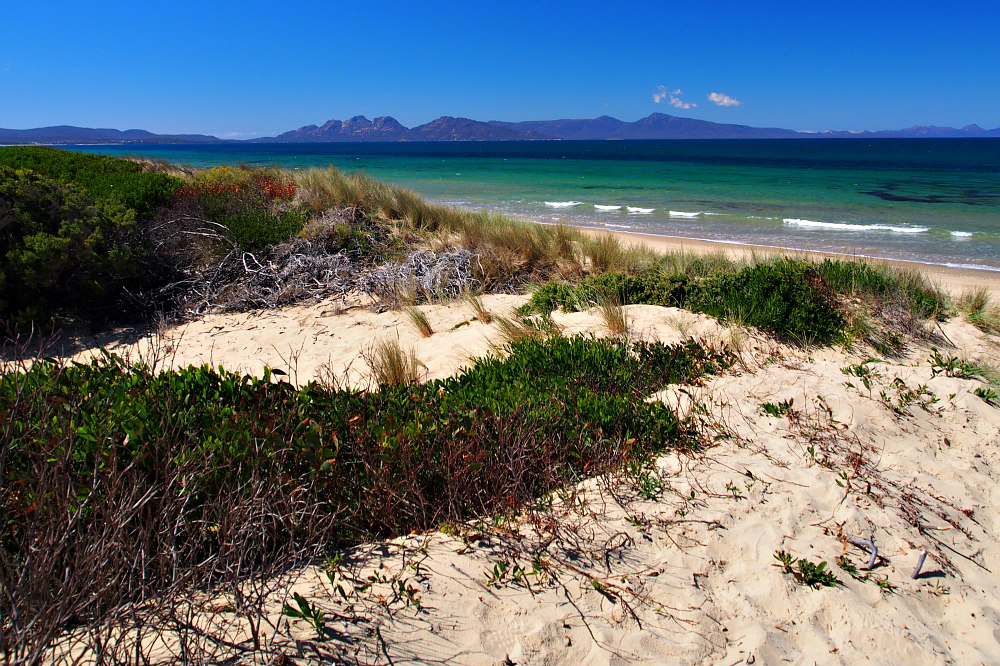
I can’t wait to show you more of this wildly beautiful place.

by Krista | Jul 31, 2018 | Autumn
I’ve loved walled gardens ever since I lost myself in the mists and moors and magic of “The Secret Garden.”
The idea of having a private place of beauty and wonder hidden away from the world was, to me, the most amazing thing.
I’ve seen posh walled gardens in Versailles where asparagus could be grown year-round for the king, this tidy canal house walled garden in Amsterdam with plants that look straight out of a Dr. Seuss book and, this year, a charming walled country garden outside Launceston, Tasmania, the Brickendon Estate Gardens.
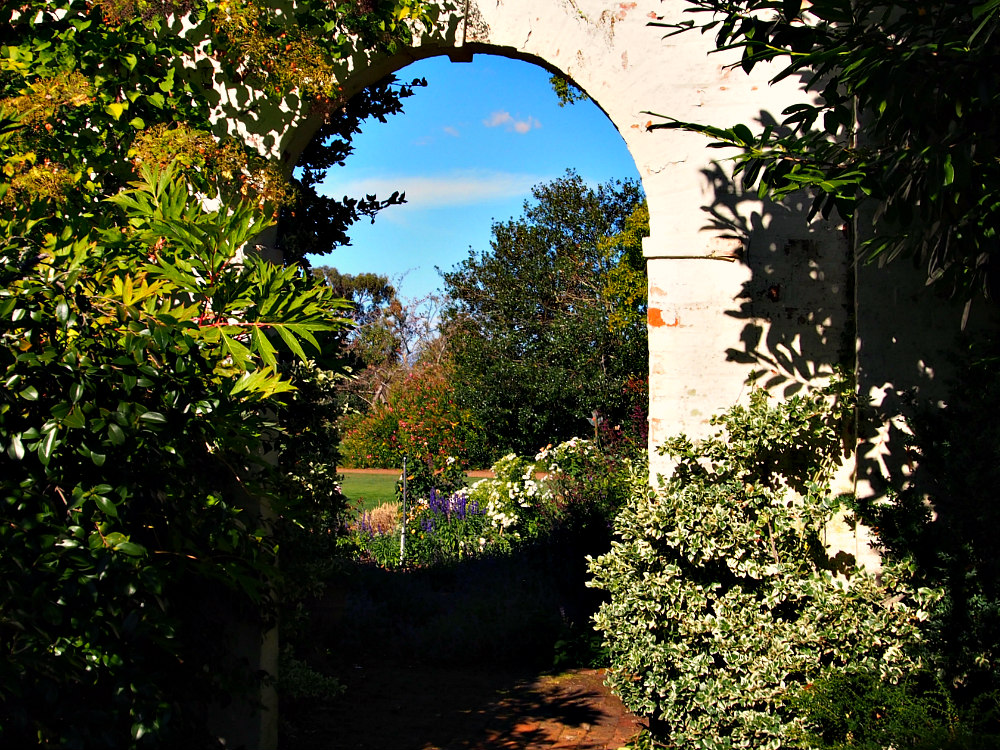
I arrived at the end of the day, and had the entire place to myself. For that afternoon, it was my own secret garden.
Built in the 1830’s by original settler William Archer, the gardens were designed to be more natural and wild-looking, avoiding the stark, manicured lawns and prim garden beds of previous gardening fashions.
The gardens grow around the lovely Georgian homestead that is still home to the 5th, 6th, and 7th generations of the Archer family.
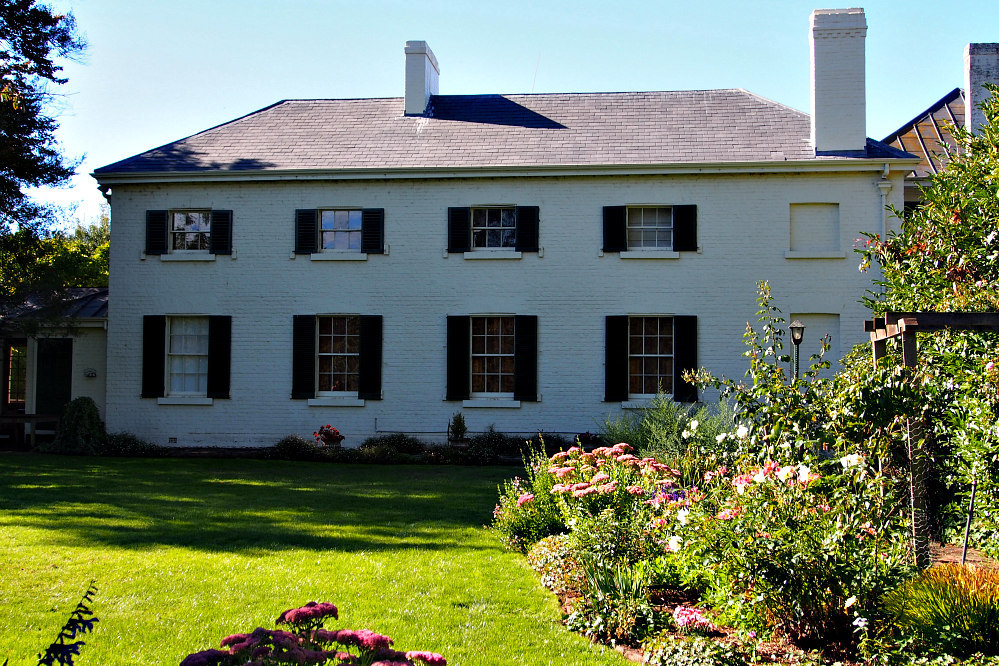
It’s a rather wonderful old place, both elegant and comfortable, with walled gardens on either side and a sweeping carriage drive out front.
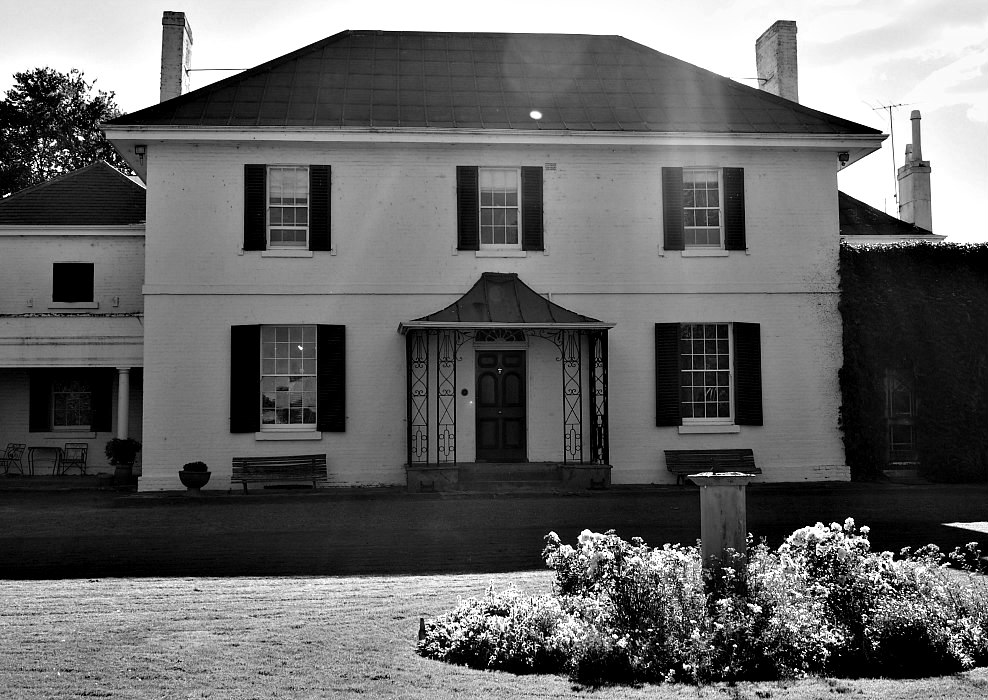
The Brickendon Estate gardens sprawl over 5 hectares and are dotted with myriad trees that range from exotic species brought in from India, Portugal, and Africa, to simple fruit and nut trees that provide the owners with rich harvests of mulberries, chestnuts, pears, and hazelnuts.
The lone Australian contribution to the gardens is the massive Bunya Bunya that towers over the property.
Isn’t it a beauty?
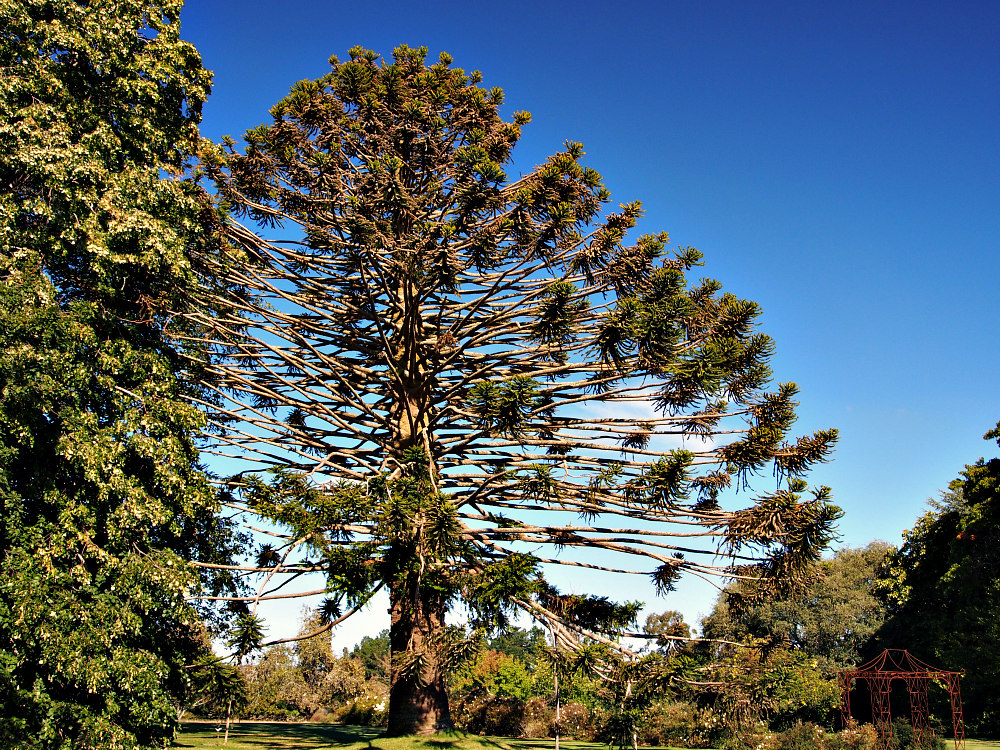
Shady pathways twist and turn around flower beds filled with frothy blooms, tangled vines, and feathery bushes.
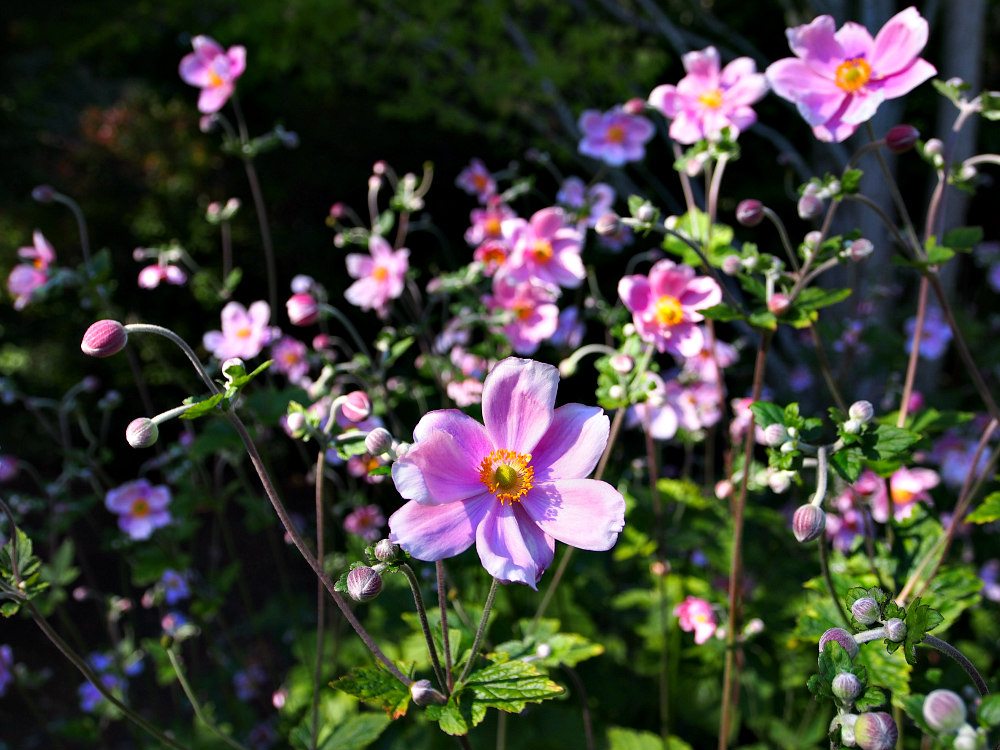
My favourite bit of all was this delightfully dilapidated potting shed. The aged bricks and wonky roof line made me smile.
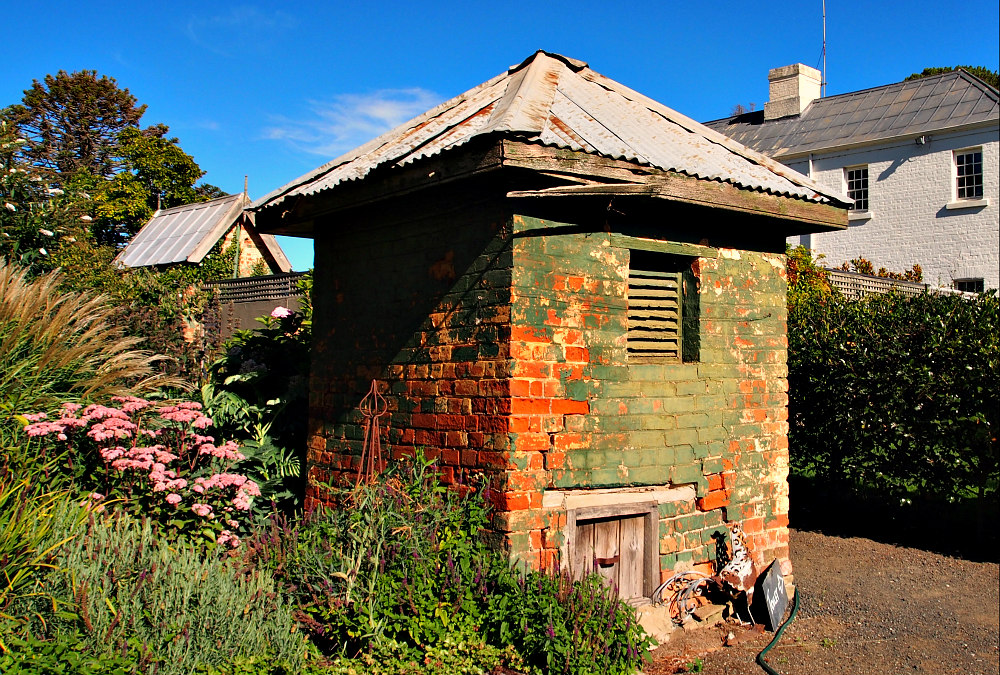
My solitary wander here was a lovely way to end my Launceston adventures, and I went to bed that night thoroughly inspired to create more beauty in my own gardens at home.
Do you like to visit gardens? If yes, what are some of your favourites? xo

by Krista | Jul 30, 2018 | Winter
On my holiday in Tasmania, one of my favourite things was learning about the history of the people who settled there.
Even though I grew up in Canada, a Commonwealth country, I knew very little Australian history when I arrived here. It’s been such an adventure reading historical books and watching historical movies, and now, visiting historical places to learn as much as I can.
Outside Launceston is the incredibly beautiful Woolmers Estate, a stunningly preserved 19th century rural estate that was continuously occupied by the Thomas Archer family from 1817 to 1994. It is located next to Brickendon, a lovely colonial farm village still managed by the descendants of William Archer, brother of Thomas.
For much of its existence, Woolmers Estate was home to nearly 100 people who lived and worked there. It houses a dazzling array of artifacts collected and stored by the Archer family for over 180 years. From restored automobiles and exquisite china to handmade furniture and lavish paintings, they provide a detailed glimpse into what life was like for the early settlers, from the convict laborers to the wealthy landowners.
The rose gardens alone are breathtaking, with 5000 rose bushes from 30 unique rose families. Crunching along the gravel pathways, stopping to smell the lush blooms, was an inspiring way to begin our tour.
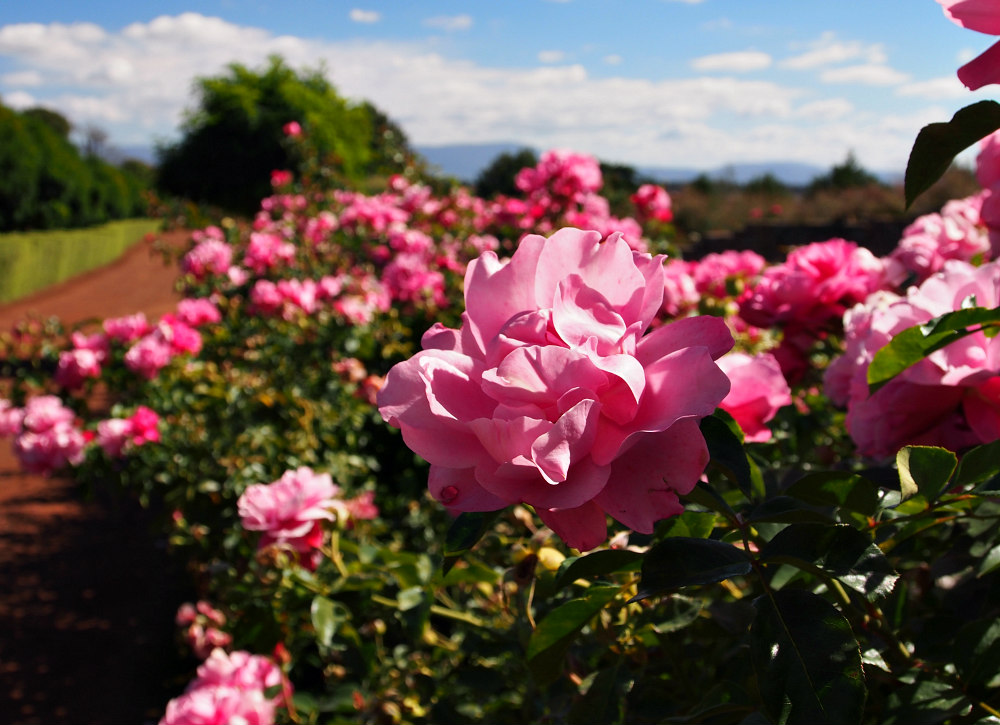
I’m always fascinated by gardens in mainland Australia since they have to be so hardy, able to withstand extreme heat, drought, and frost in winter. The gardens in Tasmania reminded me of Canada and England, for they benefit from ample rain and cooler temperatures.
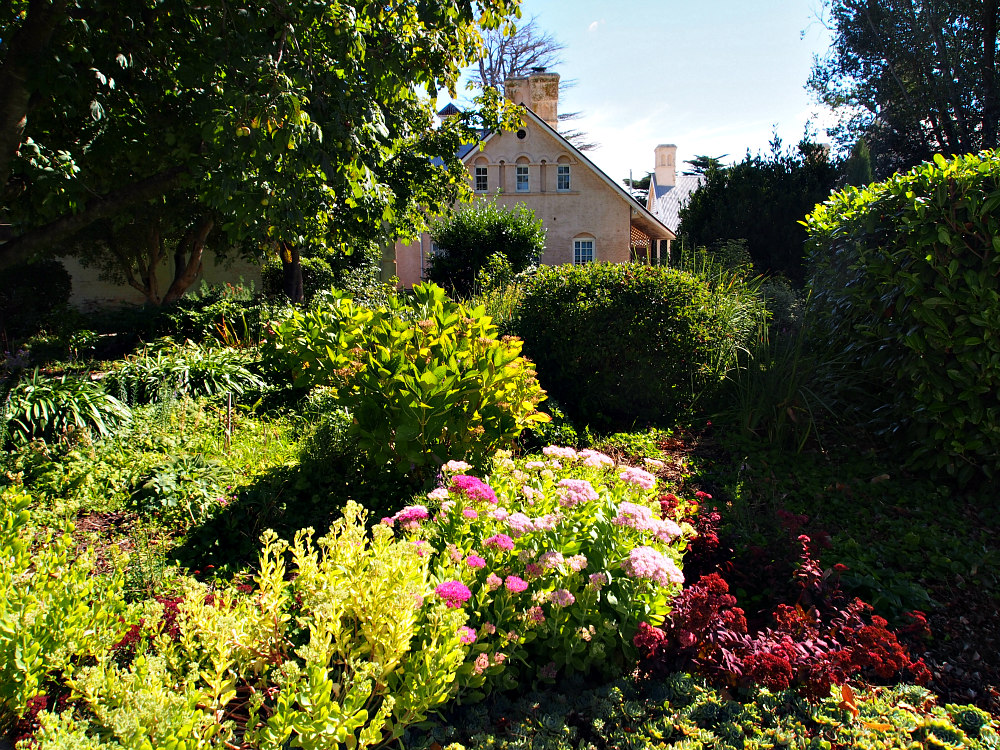
Wandering through old buildings is always a delight to me. It doesn’t take much for me to start imagining the inhabitants, and what it would be like to call such places home.
The buildings felt a bit Italian to me, and it was only later that I learned the architect had been inspired by Italian design.
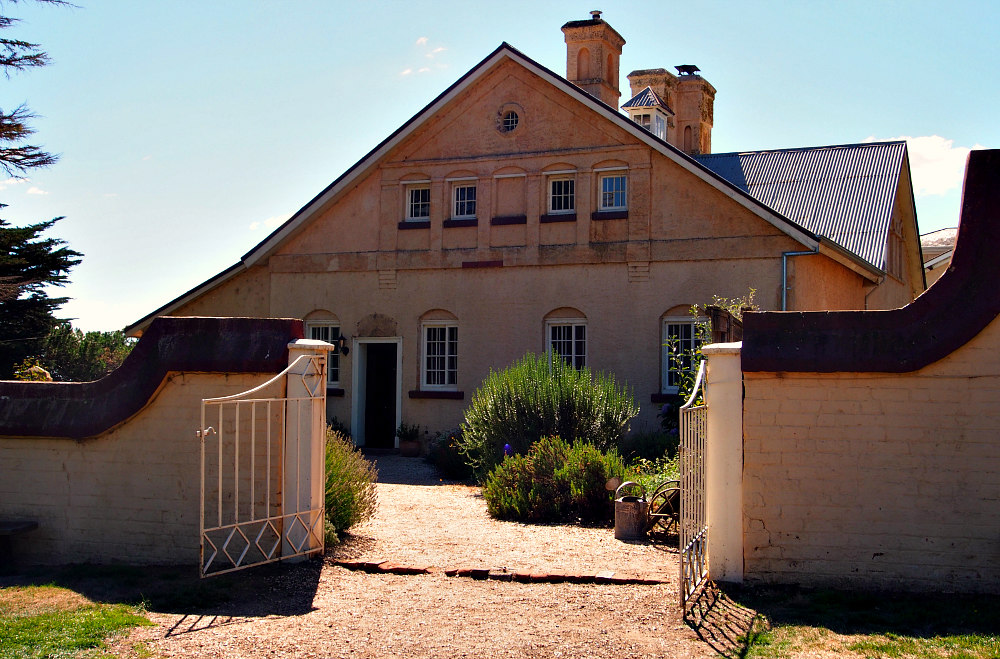
Little sun-drenched nooks like this feel so warm and peaceful, especially on a cool Autumn day.
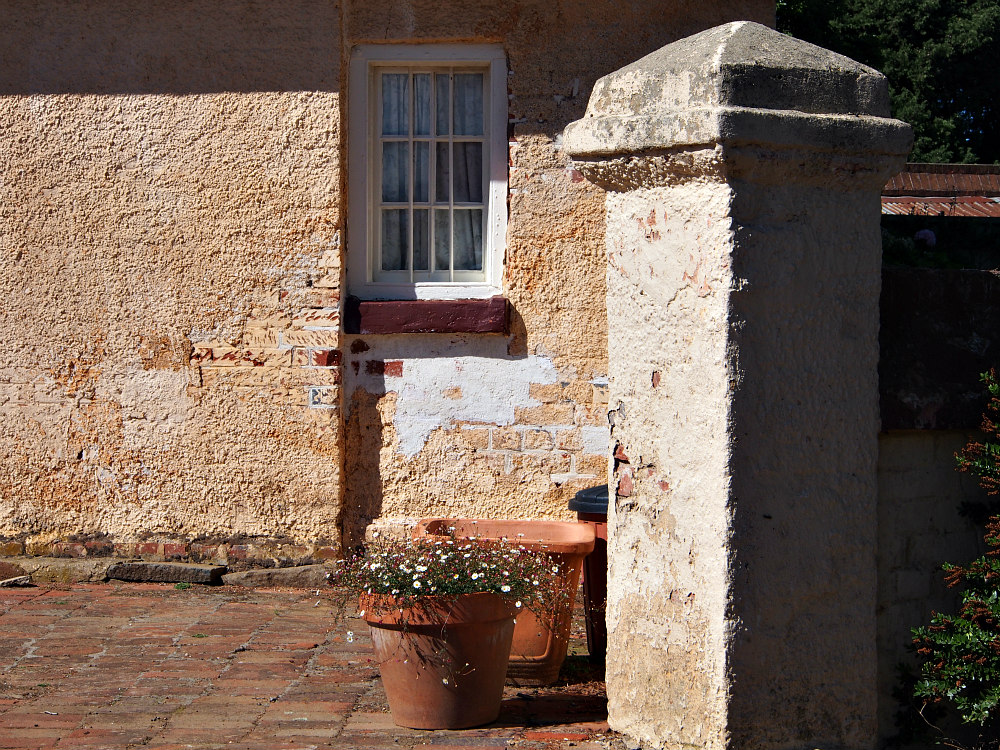
This was near the original kitchens, and I got to clamber down some very steep steps into the dark stone cellar. It was so deliciously cool down there I wondered why every Australian home doesn’t have one. Seriously, I’d happily live in a stone cellar all summer long, only emerging for morning and evening.
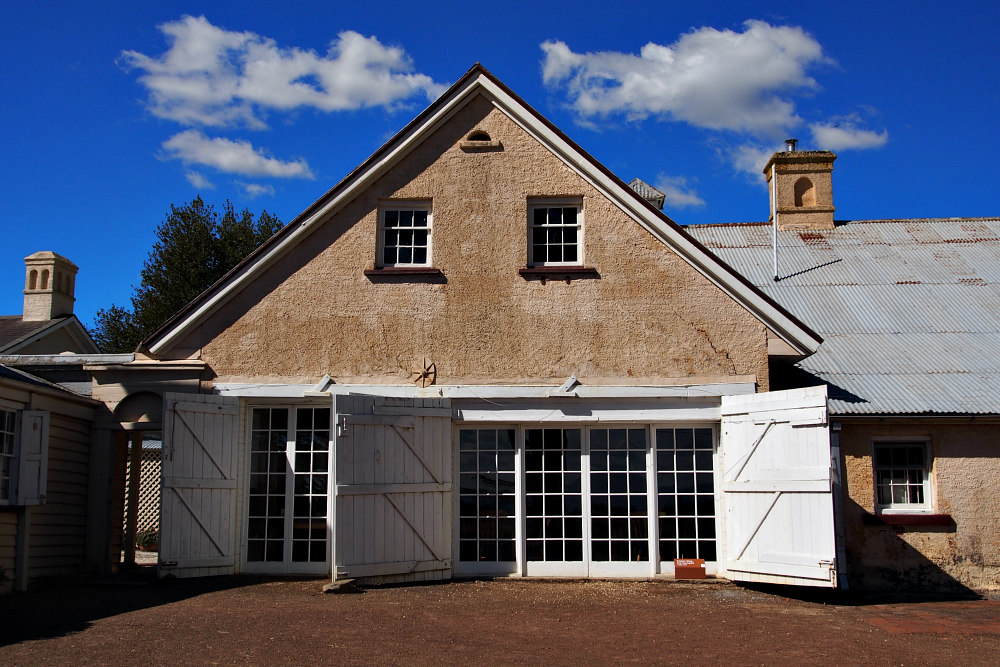
This is the main house, and that sprawling veranda delighted me no end. I could well imagine spending happy hours out there, chatting with neighbours dropping in for tea, watching kids gambol about on the lawn, rocking gently and enjoying the glorious views of the valley.
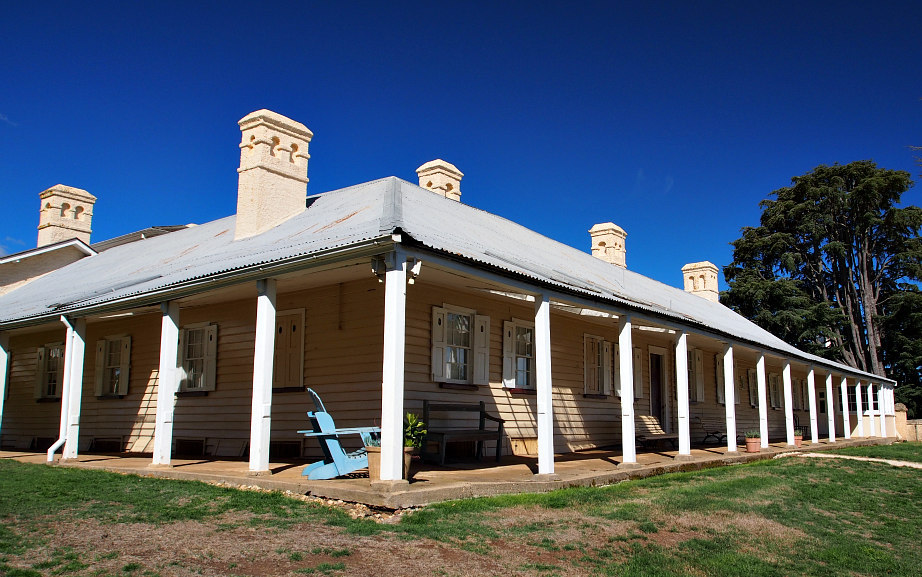
In summer this would be my favourite spot. Shady and cool with ample breezes blowing through.
The house doesn’t look very posh from the outside, but inside is a different story. Intricate woodwork, elegant furniture, and exquisite silver, crystal, and china make it feel like you’ve stepped into the home of an English aristocrat.
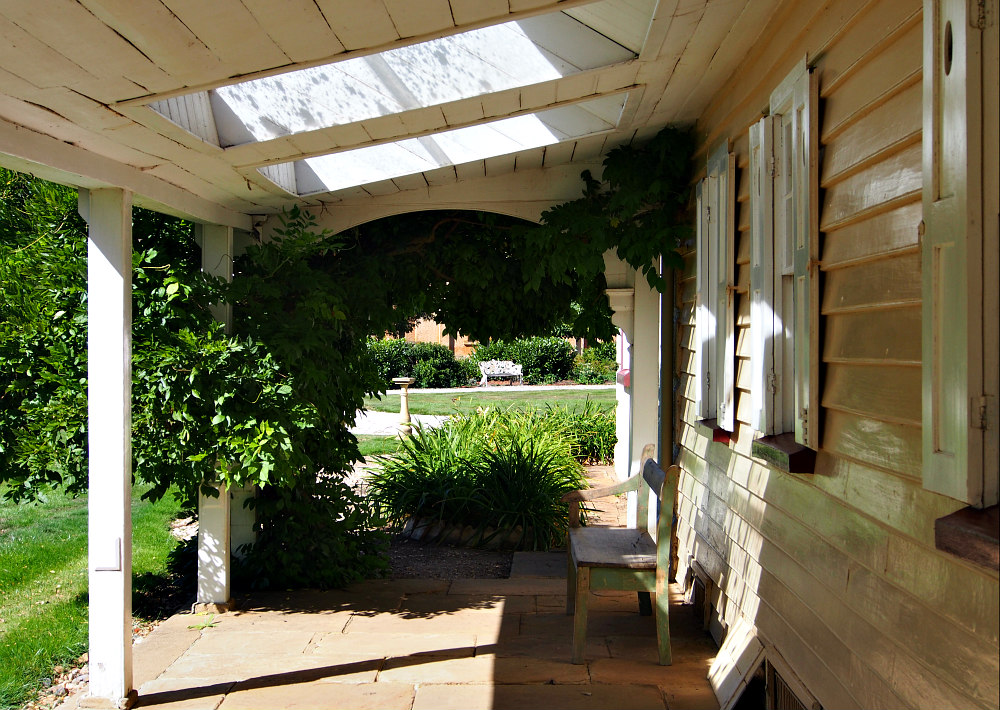
This little building made me laugh. It was the colonial version of a man cave where the man of the house and his male guests would gather for smoking, drinking, and whatever it is menfolk get up to when they’re out of sight of the ladies. When their booze supplies ran low, they’d run a flag up the pole and attentive servants would hustle out with more bottles.
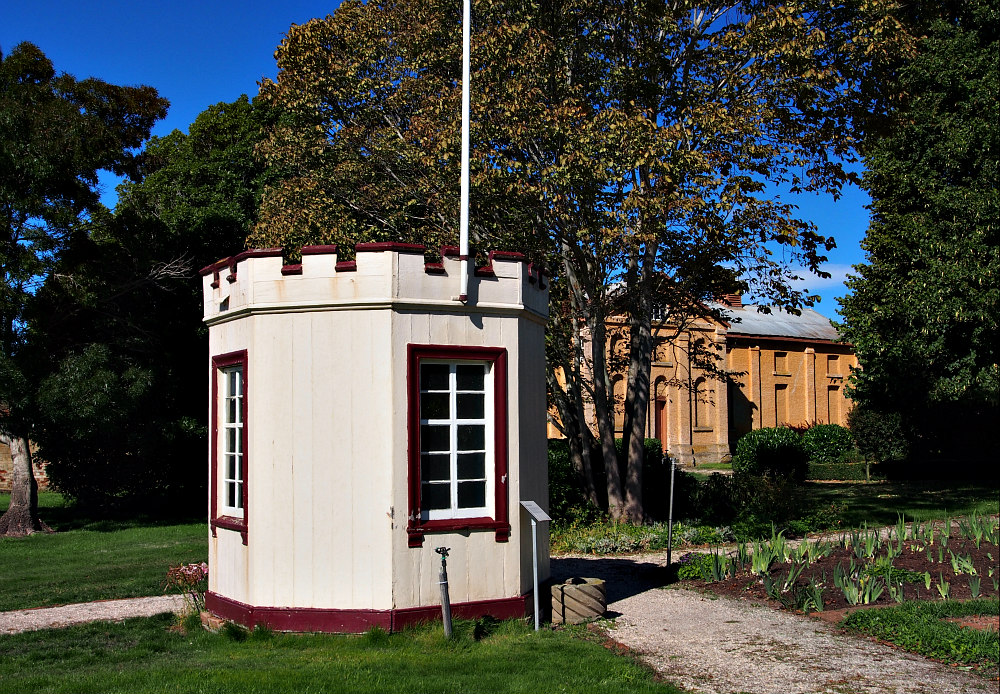
Woolmers Estate is a peaceful place, quiet and serene. You can take an informative guided tour full of fascinating history and family stories, or wander about at your leisure.
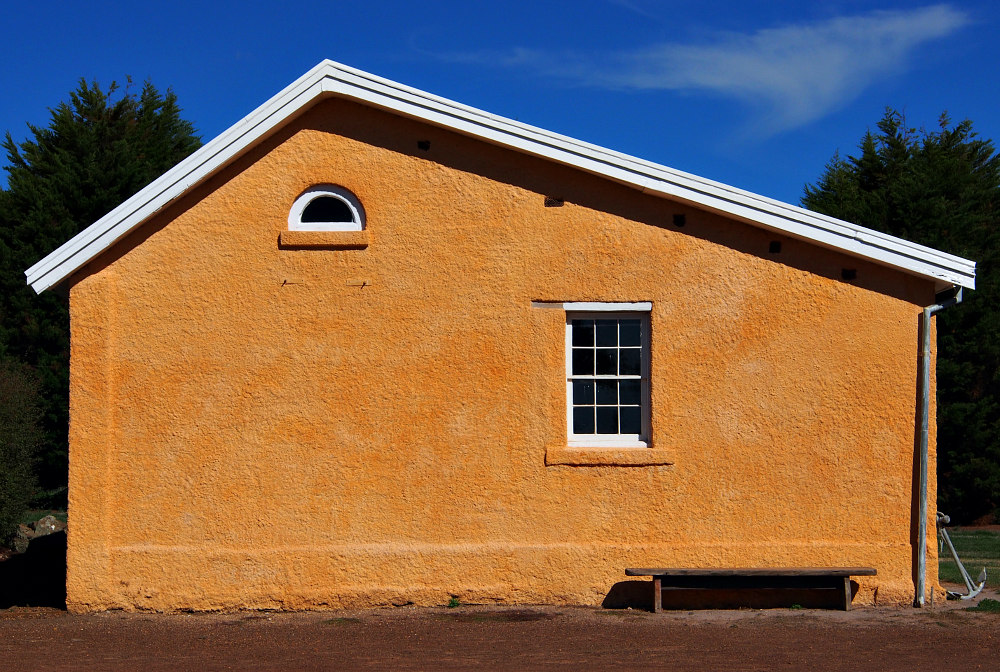
We arrived at just in time for the last tour, and I’m so glad we did. Although we couldn’t take pictures inside the buildings, I really enjoyed learning how the posh Tasmanian settlers lived, loved, and worked.
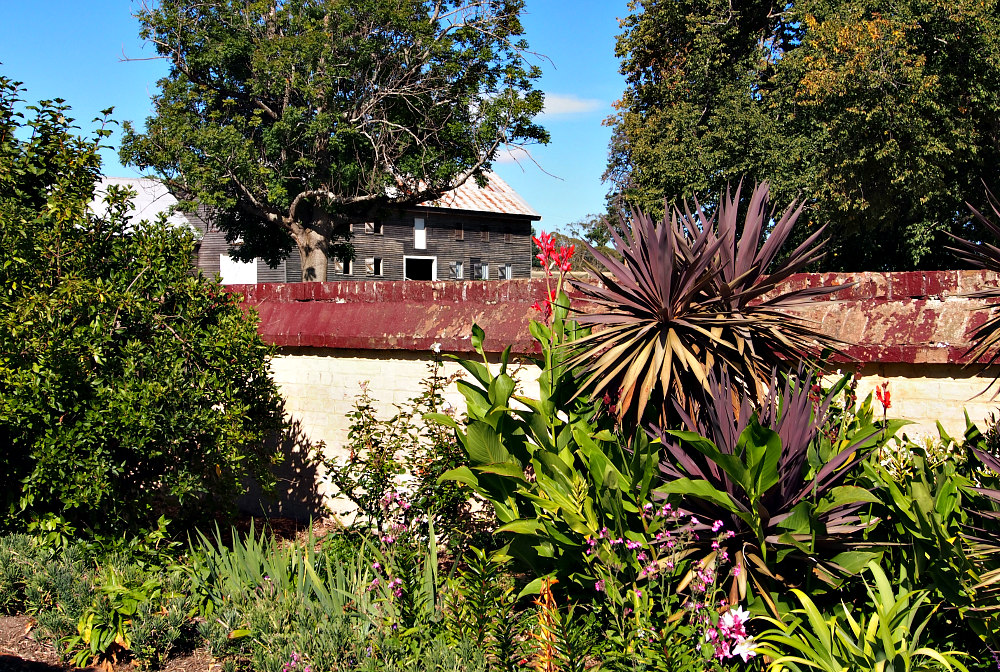
We wandered back through the rose gardens, soaking up more of that glorious Tasmanian Autumn sunshine, then headed on to another garden down the road. I’ll tell you more about that next time.
Is there a history you would like to learn more about? xo

by Krista | Jul 28, 2018 | Winter
It’s incredibly still this morning as I sit on the back veranda, bundled up in my red, wool, medieval cloak, watching the magical eclipse and waiting for the sky to lighten in the east. There’s no wind, no birds calling, and the dogs are sound asleep after a night of vigilance.
So much has happened in recent months, good things, hard things, things that have healed me in new and lovely ways. I will tell you more in the months to come, but for now I’ll focus on the most recent.
Abbey Medieval Festival.
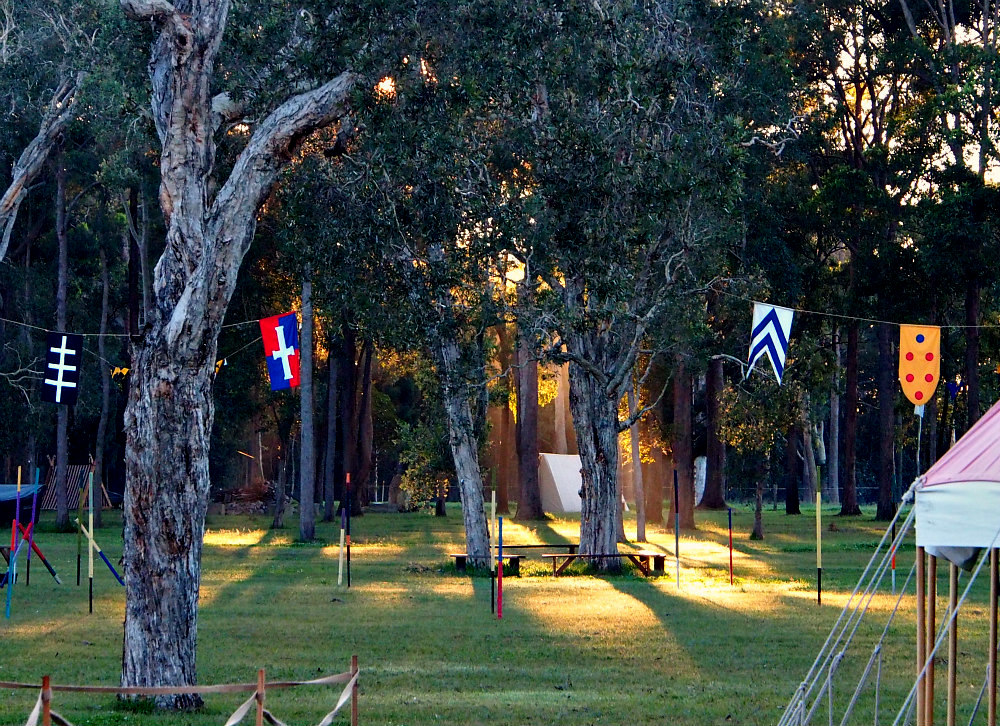
This place, this event, is really special to me. Bear and I go a week early and spend Sunday with our Blackwolf members getting every tent erected and as much done as we can before sunset and everyone else has to go home.
Then it’s just us for 5 days. We work hard during the days, getting all the little bits and pieces of our medieval encampment in place, but early mornings are all mine.
I slip out of bed before Bear wakes, brew a big mug of coffee, and hunker down in our Gathering Tent surrounded by books and notebooks, markers and pens, and a cozy blanket to keep me warm. I write and draw, read and think, write some more, draw some more, then tell Bear all about it when he gets up.
It’s the one time of my year when I don’t have any demands on me. There are no animals to feed, no gardens to water, no articles to write or photo shoots to set up, no clients to meet, no phone calls to return, no emails to answer, and no meetings to attend.
I get to just be. And that’s a precious thing.
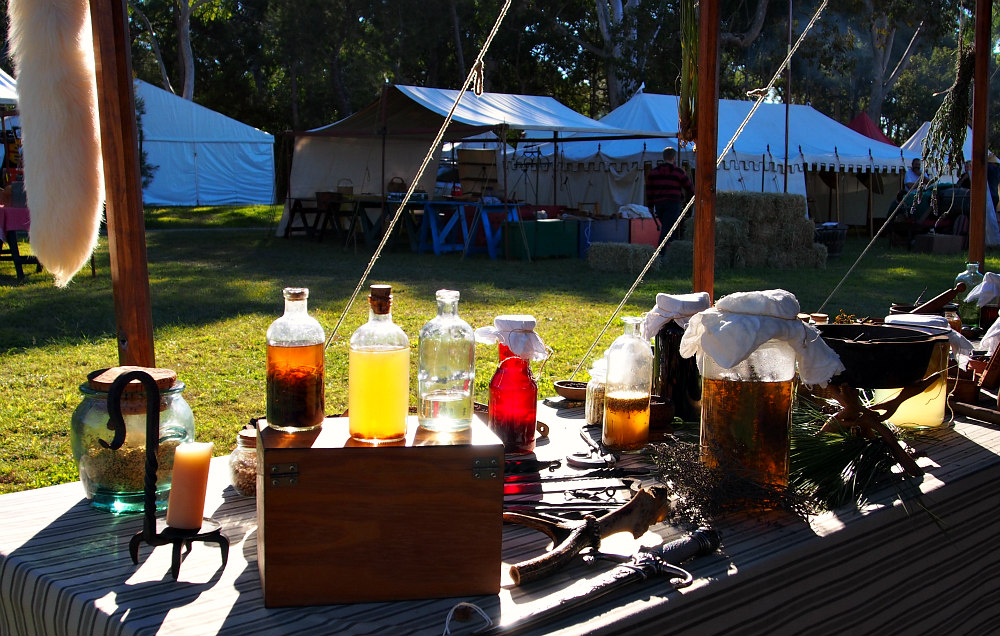
It’s always a bit weird in the beginning. I feel fidgety and distracted, my body certain that there must be something I should be doing and looking after. But soon the silence and morning light, the smell of gum trees and damp earth, the sound of fires crackling and cows lowing, they calm and settle me and I begin to truly relax.
Abbey is always a time of healing and growing for me. As I mix my medieval remedies and hang fresh herbs above the market stall, cook over the fire and sit by the dancing flames at night with a glass of wine, visit with dear friends who stop by and slowly transition from modern to medieval life, my brain calms and spirits settle and I’m able to focus and work through things.
I make time to be alone, to heal the things that need to be healed, and spend happy hours planning and dreaming and clarifying what’s important to me.
I make time to hang out with Bear and talk or read together, sharing our latest medieval research, figuring out ways to support our people and make our group stronger and better.
I make time to connect with others, old friends and new ones, never failing to find kindred spirits among enactors and public alike.
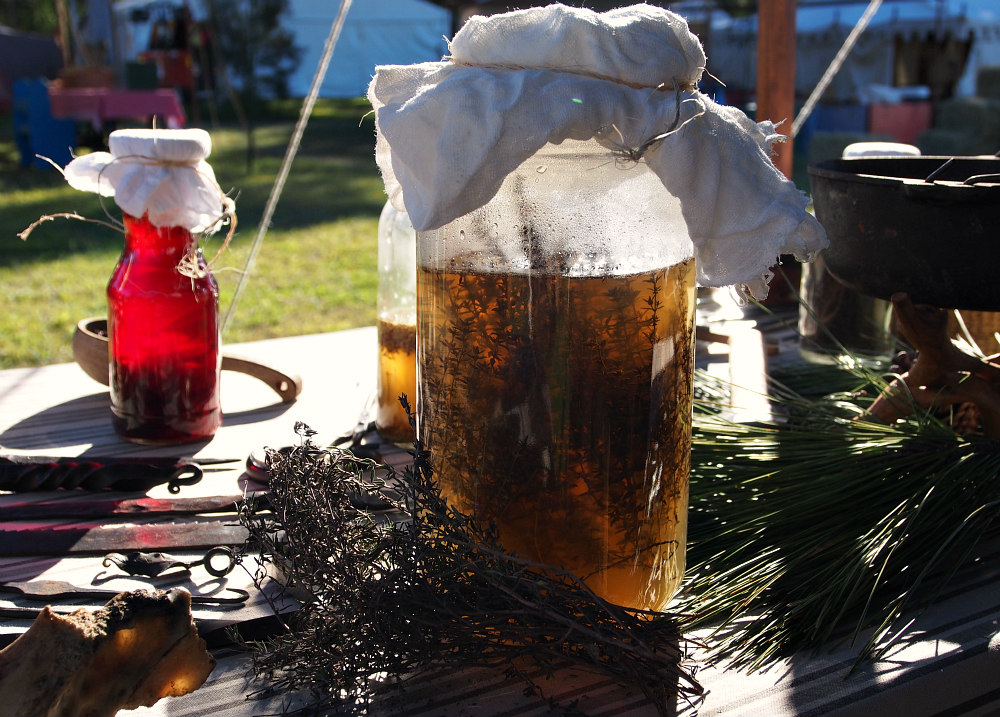
We had a wonderful time.
I loved doing my demonstrations on medieval folk medicine and medieval Bedouin food, and made some great connections with people who want me to do workshops in the Brisbane area. I loved wandering through everyone’s camps and seeing their amazing tents, garb, food, and crafts, and I loved learning about basket-weaving and medieval farming practices and the history of henna.
My favourite memories are those shared with my loves.
Early mornings around the campfire frying bacon, eggs, and sausages, everyone huddled in their cloaks, hands clasped around steaming mugs of coffee as we visited and laughed and told stories from the day before.
Dessert and cold beer in the afternoons, talking for ages about everything from history and our daily lives to genealogies and gardening.
One of the best moments was at our feast Saturday night, 18 of us gathered around long tables aglow with candlelight, sipping wine and clapping along to live Celtic and medieval music provided by our neighbours. I loved looking around at the light flickering on so many dear faces, hearing the whoops and hollers, clapping until our hands hurt. It was a great night.
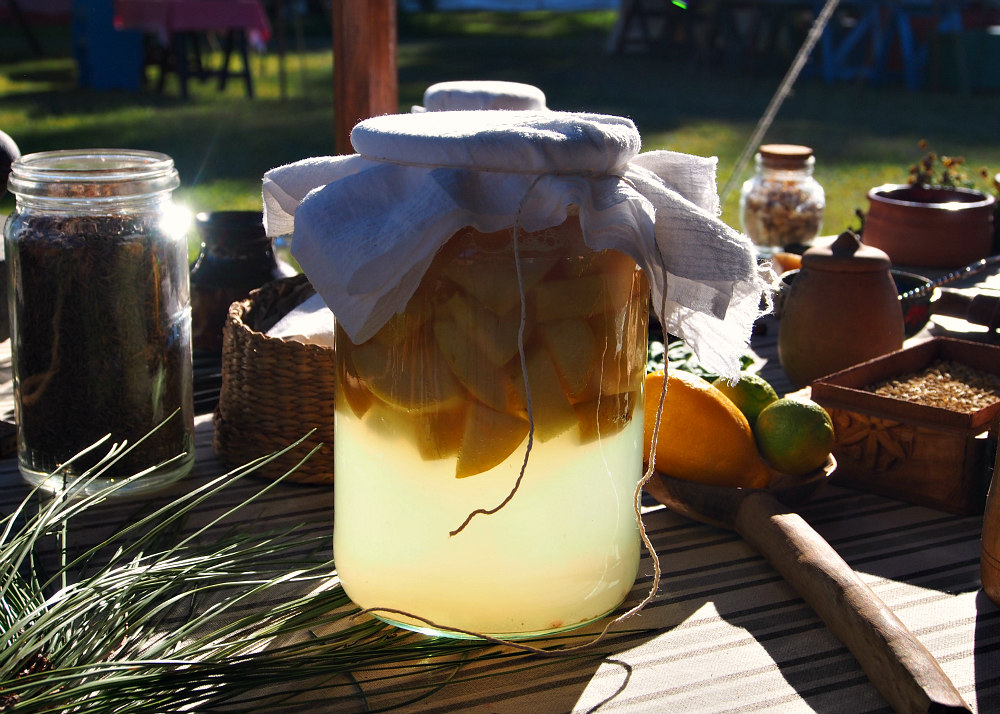
We returned home sore and tired, so excited for hot showers and our electric blanket, full of great memories with the best of people.
I kept lists and sketches of all the things I was inspired by at Abbey, and I’ve been making them happen one by one.
I redesigned my gardens, making more room for the healing herbs I love so much, completely cleaned and organized one end of one shed, and brewed big vats of elderberry cordial spiced with black pepper, cinnamon, and star anise and elderflower tea with yarrow, spearmint, hibiscus, and peppermint.
It’s lovely to get away and restore our spirits and invigorate our zest for life, and it’s equally lovely to come home again and add in the things that make life here even more special.
Where is your favourite place to restore your spirits? xo











































